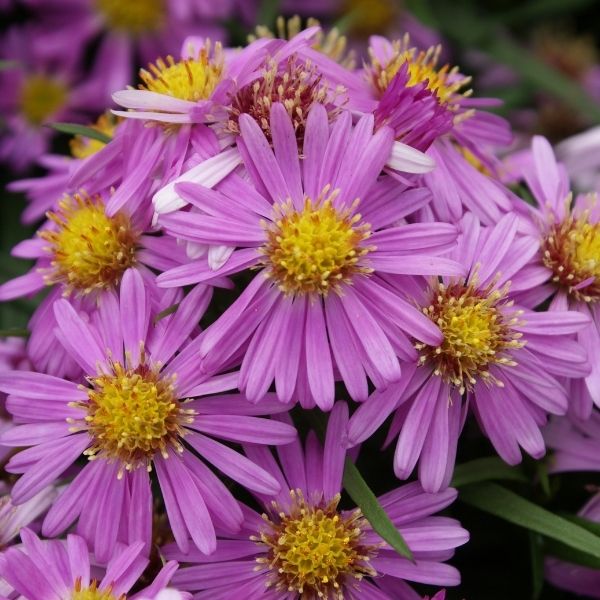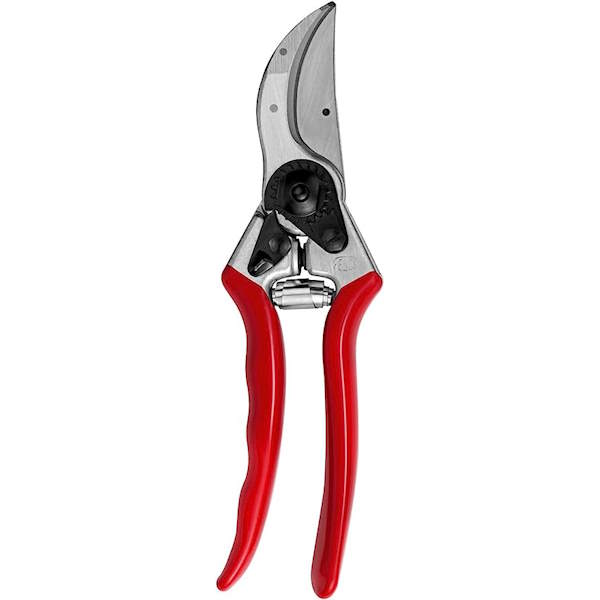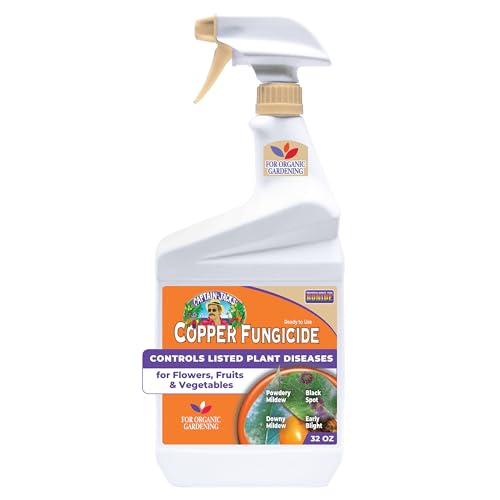What To Do With Asters in the Fall After Flowering to Guarantee Another Spectacular Display Next Year
5 tasks to consider for overwintering asters
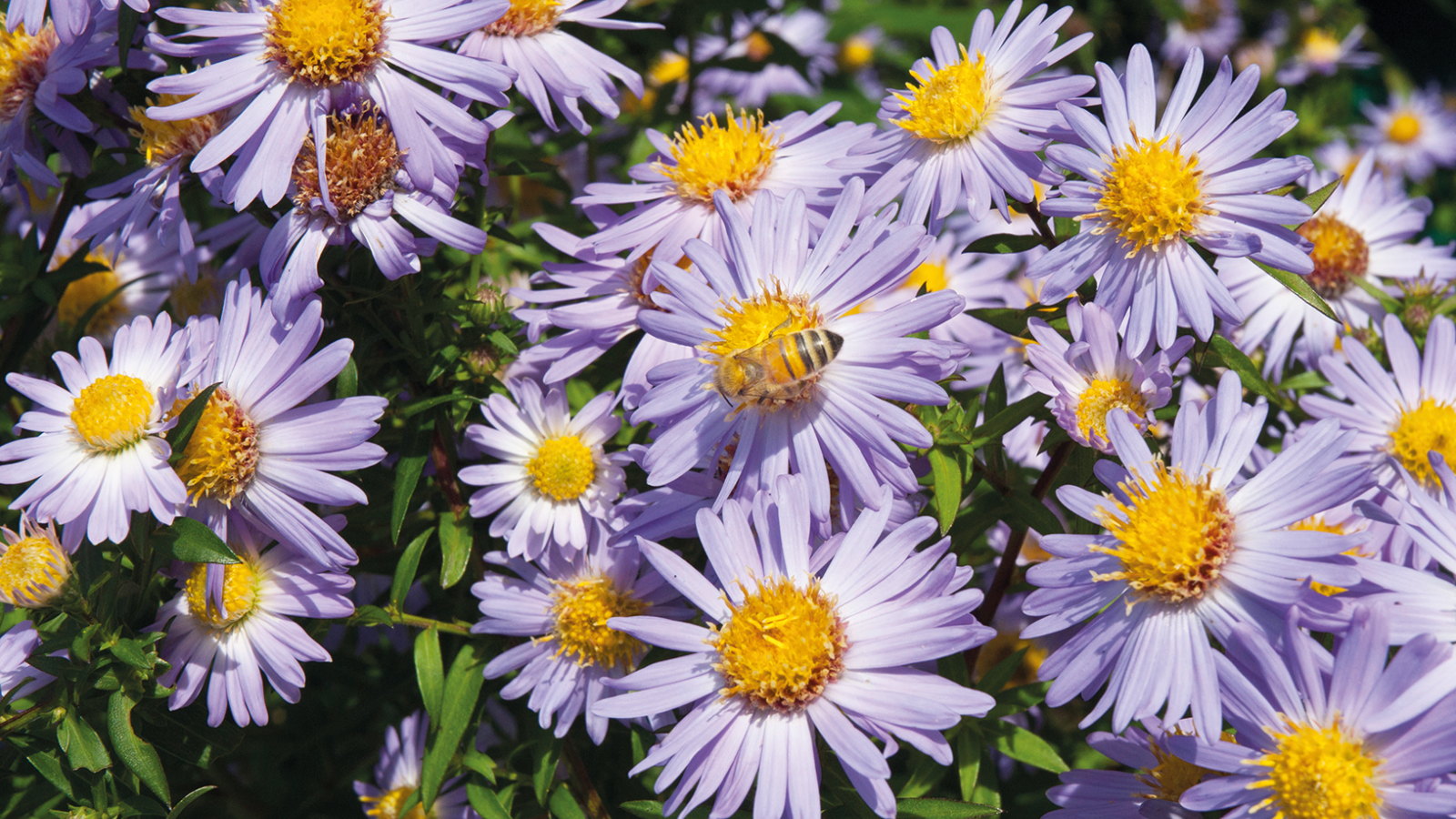
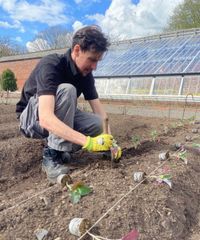
Asters are valuable perennials for bringing color to a garden in late summer and fall. Their star-shaped flowers come in vivid shades of purple, pink, red, white, and more, all surrounding a central yellow eye. If you adore the daisy-like flowers, you'll want to ensure you see them again next year, and thankfully, there are a few simple ways to guarantee that happens.
When you grow asters, the sun-loving plants can flower anywhere from July through to late October, depending on the variety. After this glorious blooming comes to an end, your thoughts should turn to keeping them healthy over winter so they spark into life again next year for a repeat performance.
If you have ever wondered what to do with asters in the fall, we shine a light on some tasks you should do, and others you may need to consider, depending on how you grow your asters. I have grown asters whilst working in historic public gardens in the UK for many years, and also sourced some tips from a couple of experienced gardeners to help you overwinter asters successfully.
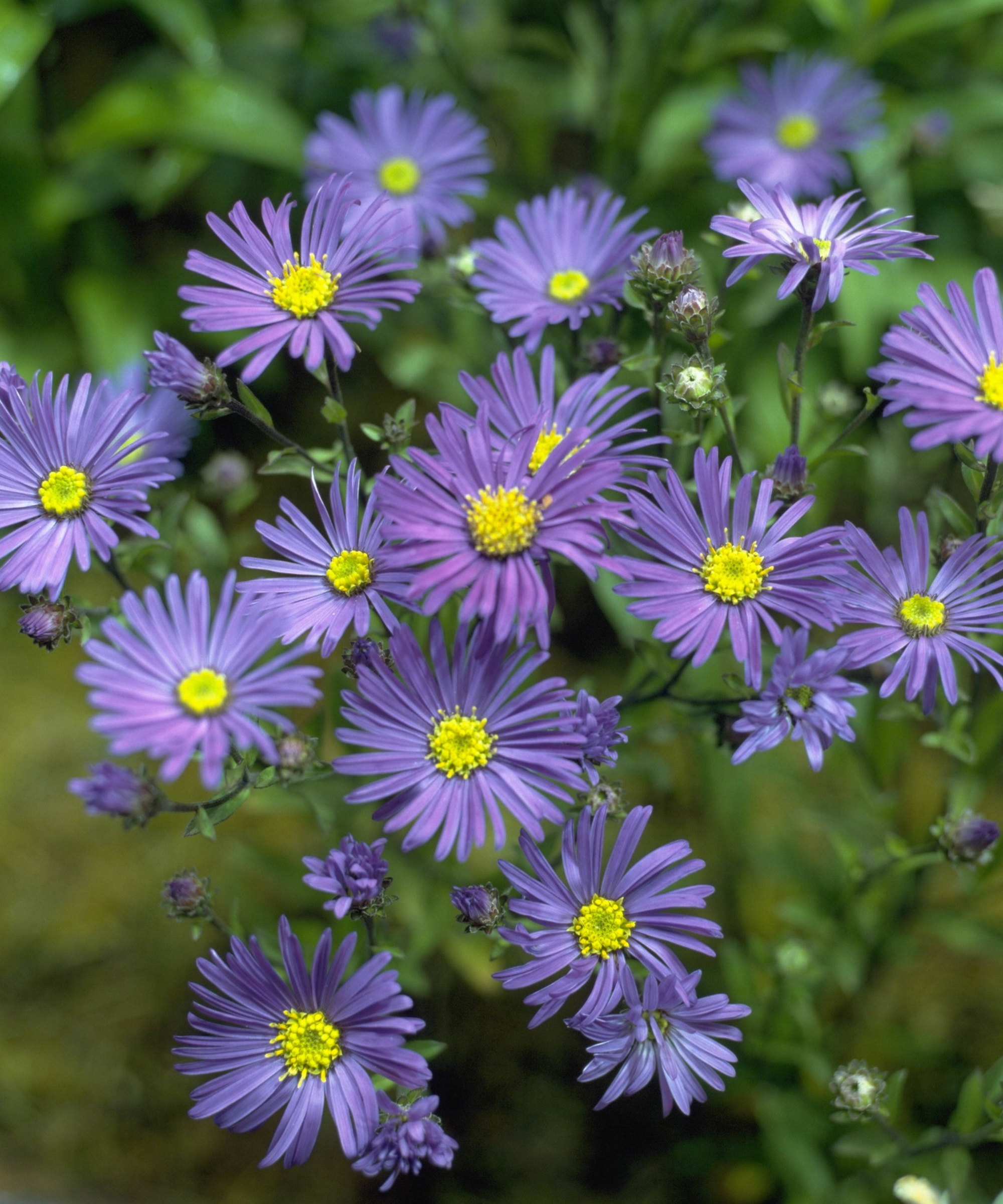
What to do With Asters in the Fall
Asters are tough, cold-hardy perennial plants, but even the most resilient plants can do with a helping hand to keep them healthy year-round. You may not need to do much with asters in the fall to get them through winter unscathed, as what TLC they need during the season will depend on your climate, rainfall, and the state of the plants. However, the following factors are definitely worth considering:
1. Leave Them Standing
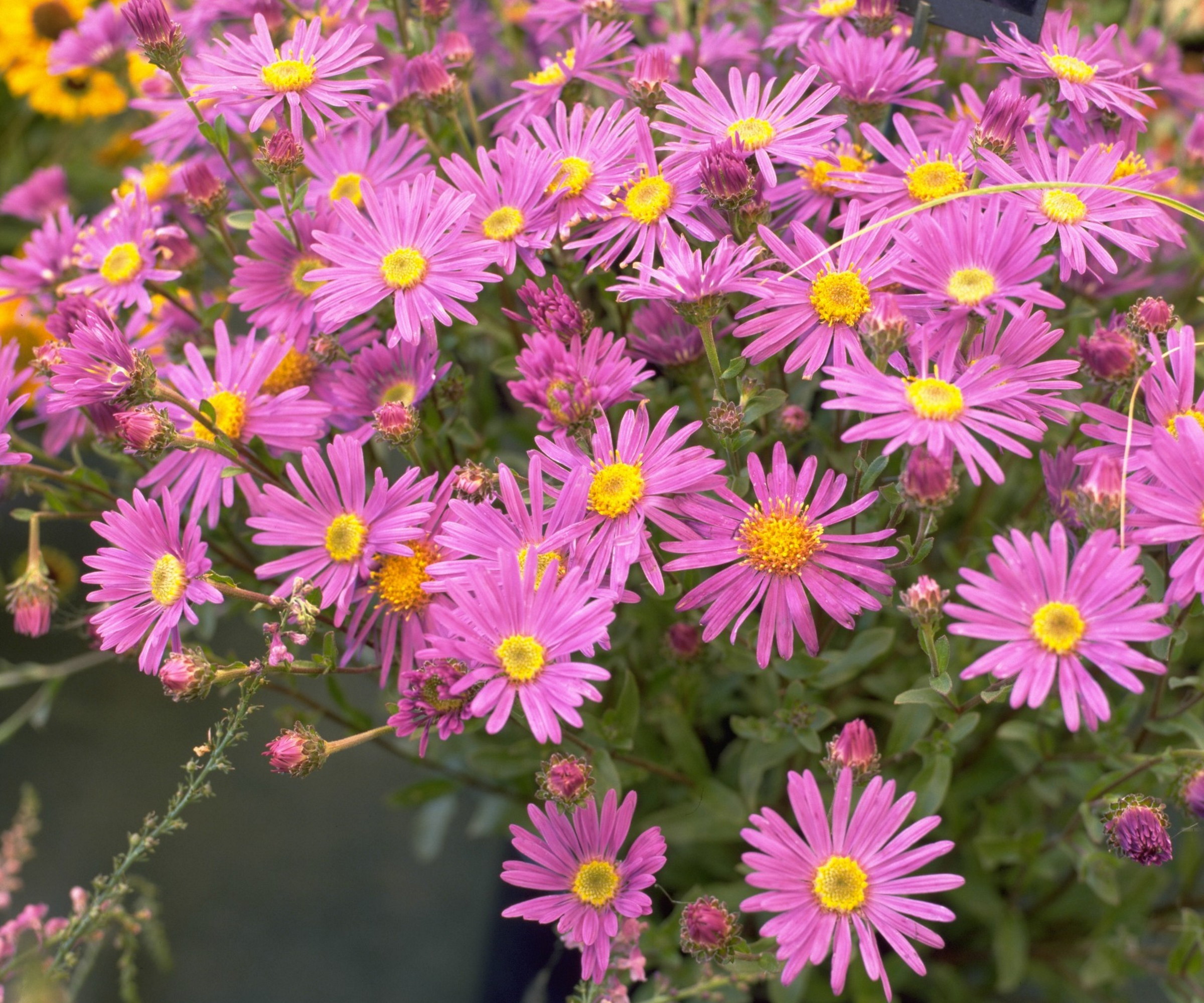
This one might ruffle a few feathers, especially among gardeners who like to regimentally tidy flower beds in the fall, but there are good reasons not to cut back asters in the fall and wait until spring instead.
Firstly, leaving the stems and foliage in situ over winter helps protect the plant's crown, providing a potentially valuable layer of insulation against winter cold and frosts. Asters are hardy down to US hardiness zone 4, depending on the variety, but in climates with cold winters, the extra insurance policy of leaving the foliage standing can keep the crown safe from harm.
The second reason is that the dried seed heads of asters provide a valuable food source for birds and pollinators during the colder months. The likes of cardinals, finches, and chickadees are all known to feed on aster seeds during winter, making it a treasured source of essential food at a tough time of year for birds.
Design expertise in your inbox – from inspiring decorating ideas and beautiful celebrity homes to practical gardening advice and shopping round-ups.
Another reason for keeping asters standing in a wildlife garden is that the stems provide shelter for overwintering insects and invertebrates. If you need more convincing, the dried stems and seed heads provide valuable structure and interest in a winter garden.
2. Check For Diseases
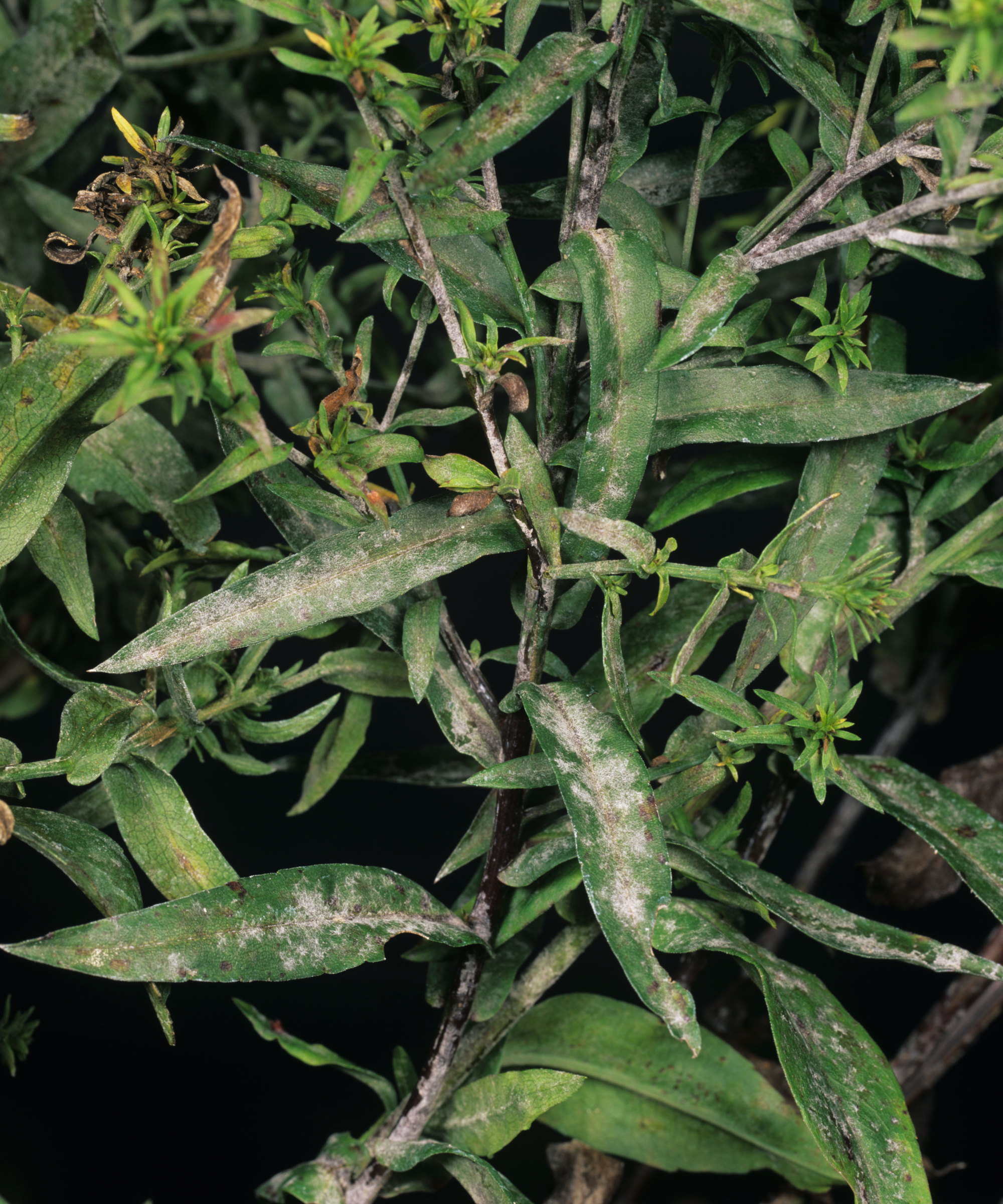
Asters are susceptible to many diseases, and the fall is a good time to inspect plants and remove any diseased foliage. In an ideal world, it may mean removing a small amount of foliage, but if there is a major infection, it could potentially mean cutting the entire aster down to the ground.
Fungal diseases such as powdery mildew, leaf spot, fusarium wilt, and botrytis blight can all strike asters, often as a result of poor air circulation, wet weather, or plants being watered from above. Look out for the likes of white leaves (powdery mildew), yellow leaves (fusarium wilt or rust), fuzzy gray or brown mold (botrytis blight) or spots on leaves.
The best course of action is to remove and destroy affected leaves. Fungal spores can overwinter in plant material (even that left on the soil) to infect new growth come spring. Best practice is always to remove any infected stems or leaves with clean, sharp pruning shears and either burn them or send them to the landfill.
Never use infected material to make compost, as diseases can overwinter in the compost pile, and you end up spreading them around the garden in the future if you do make this composting mistake.
3. Water in Dry Periods
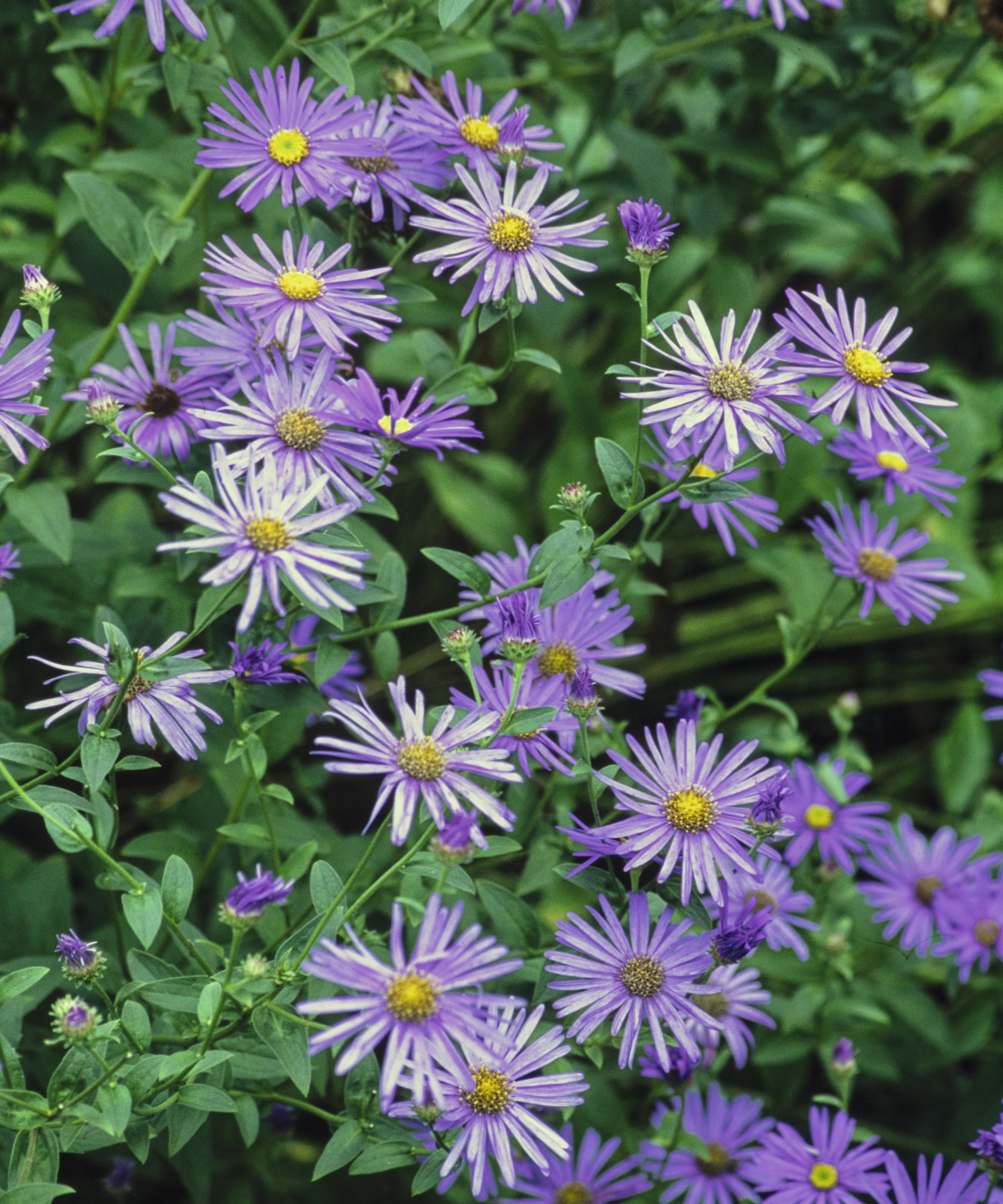
Asters don't always require regular watering to thrive, but do need to be given a drink during extended dry periods. And this need to keep an eye on when to water plants continues into the fall, especially in warmer climates.
'As fall arrives, your asters will benefit from some help to prepare them for the cooler months ahead,' says Kiersten Rankel, garden expert and botanist for the plant app Greg. 'If your local fall season is particularly dry, continue watering them and gradually reduce frequency as temperatures drop.'
Using a soil moisture meter (like this soil moisture meter, available at Amazon) is advisable to help make sensible watering decisions, as asters can sulk in overly damp or waterlogged soils, especially during winter. Water plants deeply as required, and be careful to water the soil rather than the foliage, as soaking the leaves makes the plants susceptible to powdery mildew.

Kiersten Rankel is a certified Louisiana Master Naturalist and regularly volunteers with local community gardens and non-profits to help restore critical ecosystems along the Gulf Coast. In her spare time, she enjoys hiking and tending to her 150+ houseplants and vegetable garden
4. Mulch Plants
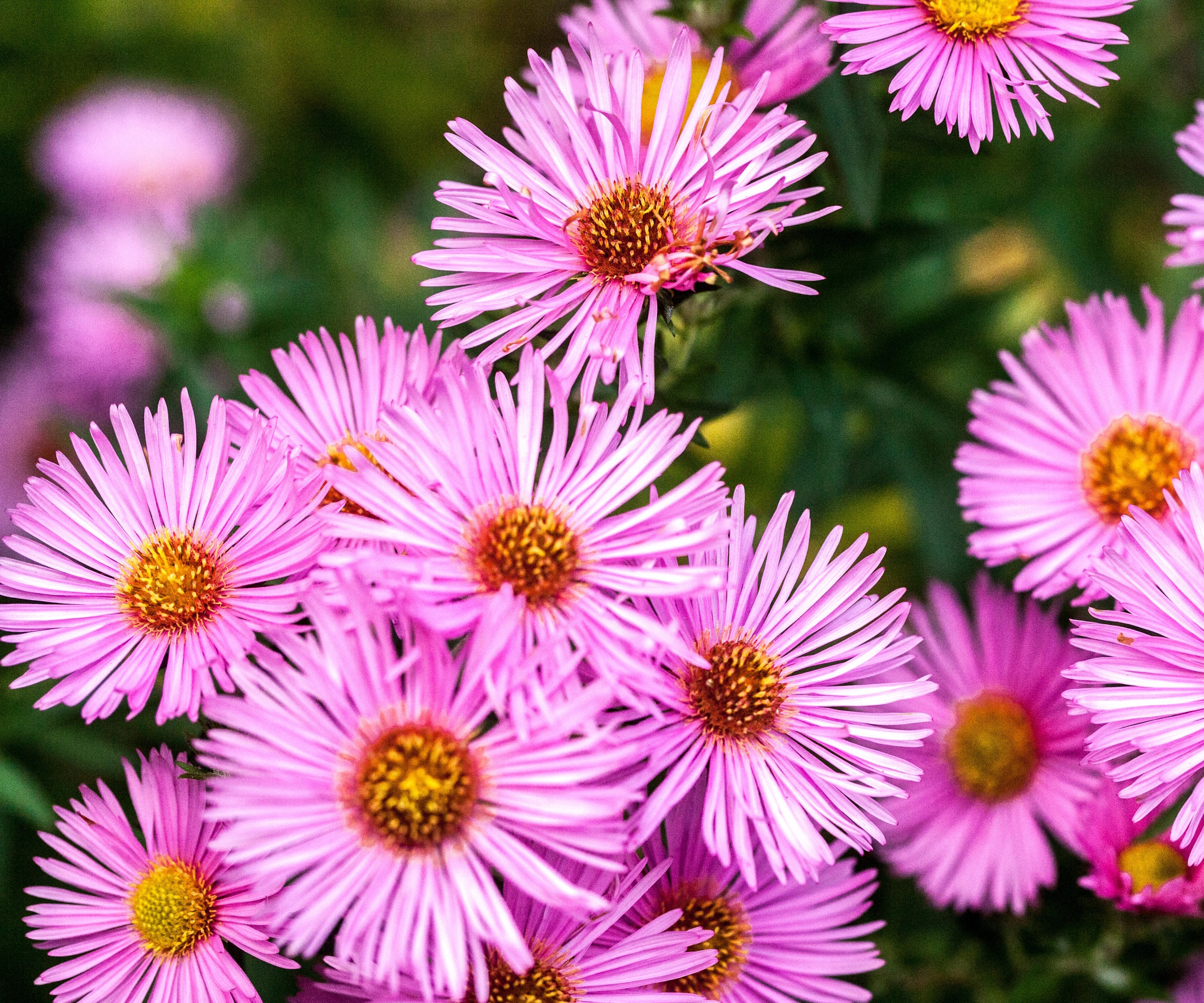
'If you live in a very cold region, I would recommend covering the soil around the plants with a thick layer of straw mulch,' recommends Annette Hird, expert gardener at Easy Urban Gardens.
Mulching asters in fall will help to maintain moisture in the soil, insulate the plant's roots against the winter cold, and smother weeds. It offers an easy way to nourish the plant for the next growing season.
Add a layer a few inches thick around the aster in the fall, before the ground freezes. There are other types of mulch you can use, including straw, as highlighted by Annette, such as compost, leaf mold, or shredded bark.
You can get bags of sustainable straw mulch at Walmart to cover up to 100 square feet of flower beds or borders.
Spread the mulch around the plant with a shovel and rake it level, but avoid piling it over the crown or against the stems. As this mulching mistake leaves the crown at risk of rotting during winter, and can ultimately kill the plant.

Annette Hird has an Associate Diploma in Horticulture and is an urban gardening expert. She has worked as a professional propagator and managed, maintained and improved many urban and rural gardens. She also enjoys growing her own fruit, vegetables, herbs and flowers as well as many different types of ornamental plants.
5. Protect Containers
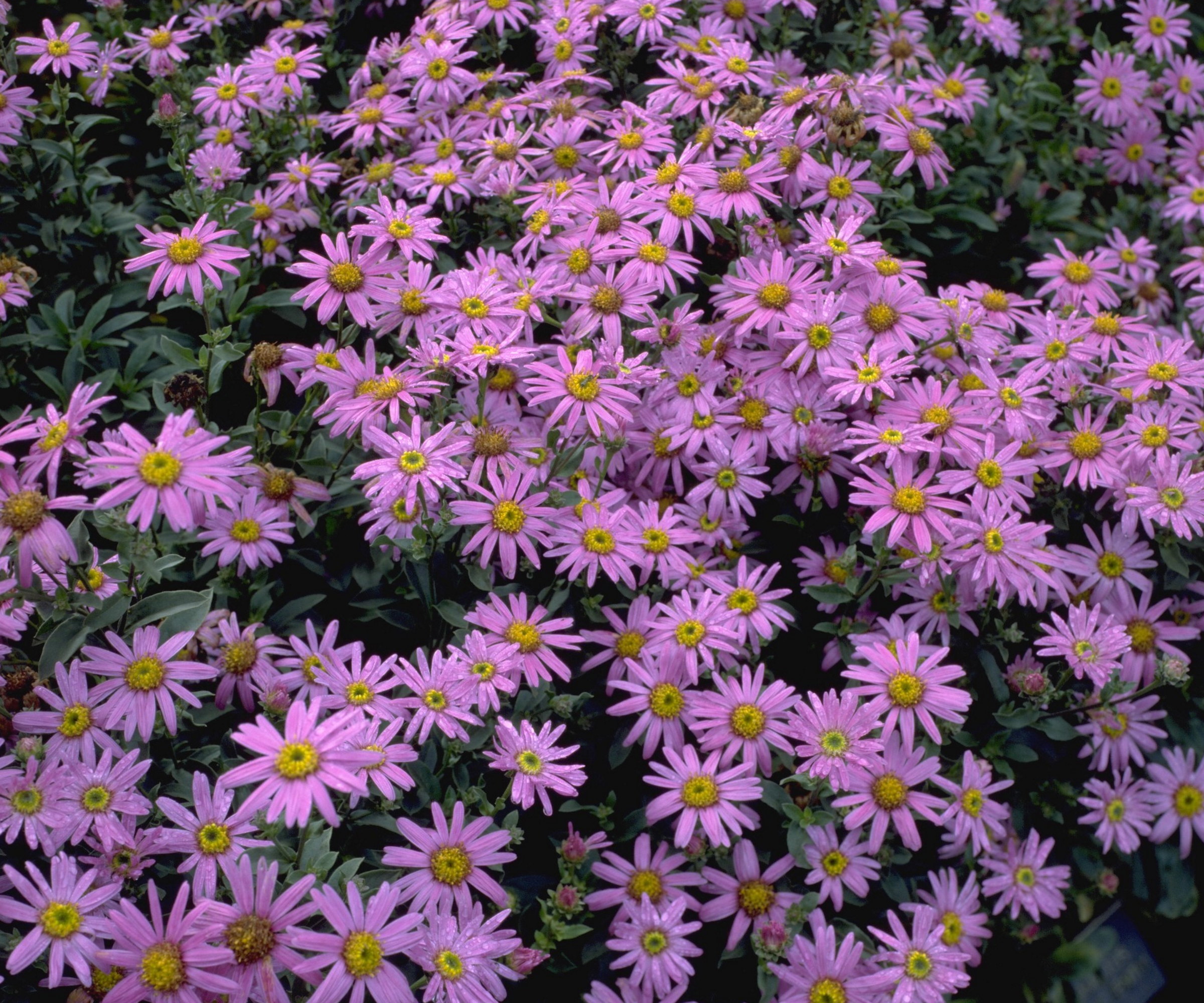
Many aster varieties can work wonderfully as part of any container garden plan. Compact plants look impressive in small pots, while taller varieties create a striking centrepiece, flanked by lower-growing plants.
In late fall, asters in containers should be moved to a frost-free location to overwinter, where they can be protected from the harshest winter cold and wet conditions. During this time, the plants will die back, so it is safe to move them to a more secluded spot where they can shelter.
Alternatively, the containers can be placed in a shed, garage, barn, cold frame, or unheated greenhouse, allowing them to remain dormant in a frost-free environment.
Check the containers every few weeks to ensure the soil doesn't dry out completely, and water sparingly as needed.
For extra protection, mulch the top of the pots with a few inches of straw or use pot covers to provide additional insulation for the roots, such as this pack of two winter pot covers at Amazon.
It is not just asters that offer tangible benefits to wildlife if left standing over winter in the garden. Many perennials offer food and shelter to birds and pollinators during the colder months if gardeners opt to leave pruning them until spring. To discover some more of these, this guide to perennials not to cut back in fall highlights seven plants that are valuable food sources to a plethora of wildlife during winter.
Shop Garden Supplies
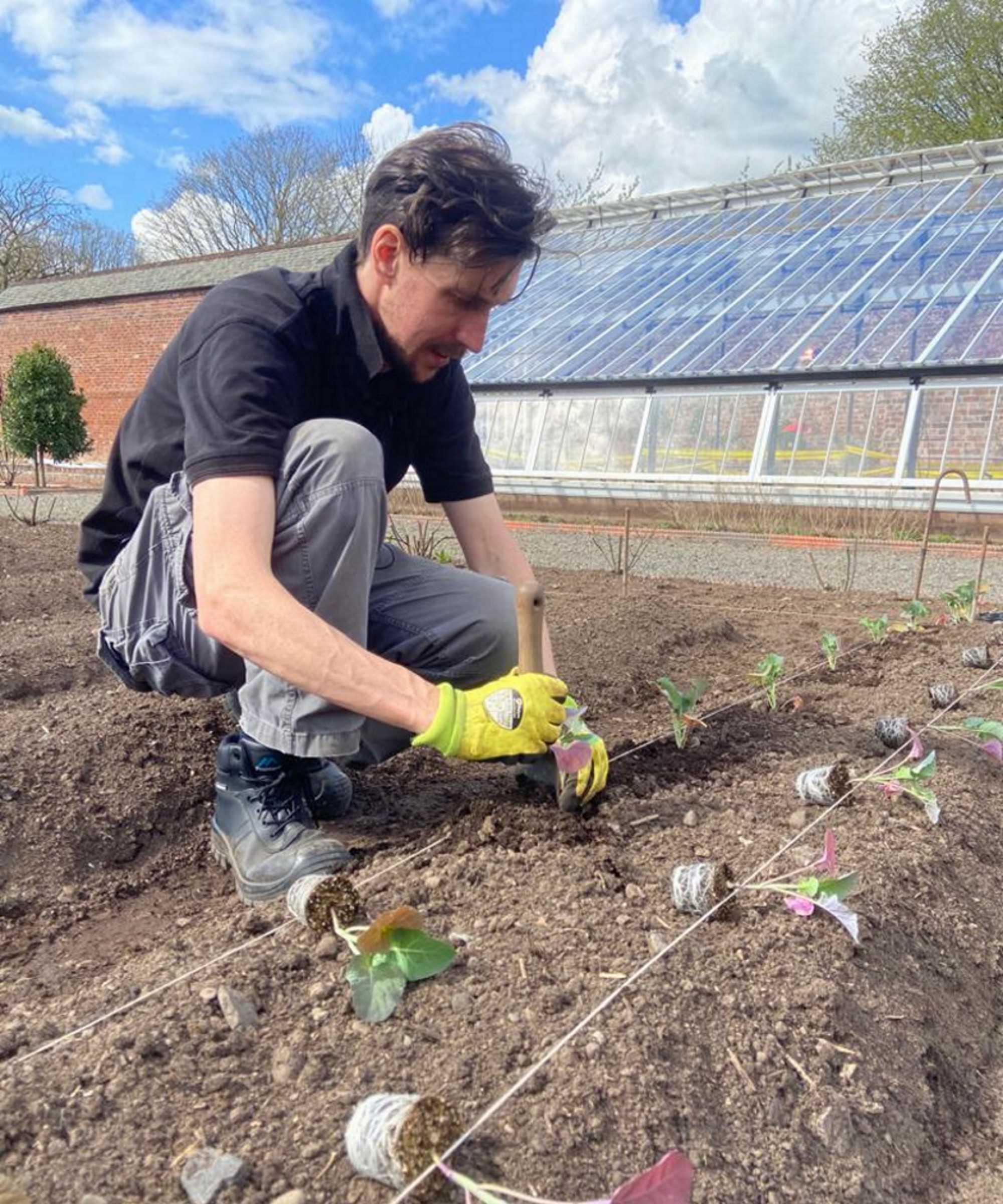
Drew has worked as a writer since 2008 and was also a professional gardener for many years. As a trained horticulturist, he worked in prestigious historic gardens, including Hanbury Hall and the world-famous Hidcote Manor Garden. He also spent time as a specialist kitchen gardener at Soho Farmhouse and Netherby Hall, where he grew vegetables, fruit, herbs, and cut flowers for restaurants. Drew has written for numerous print and online publications and is an allotment holder and garden blogger. He is shortlisted for the Digital Gardening Writer of the Year at the 2025 Garden Media Guild Awards.
